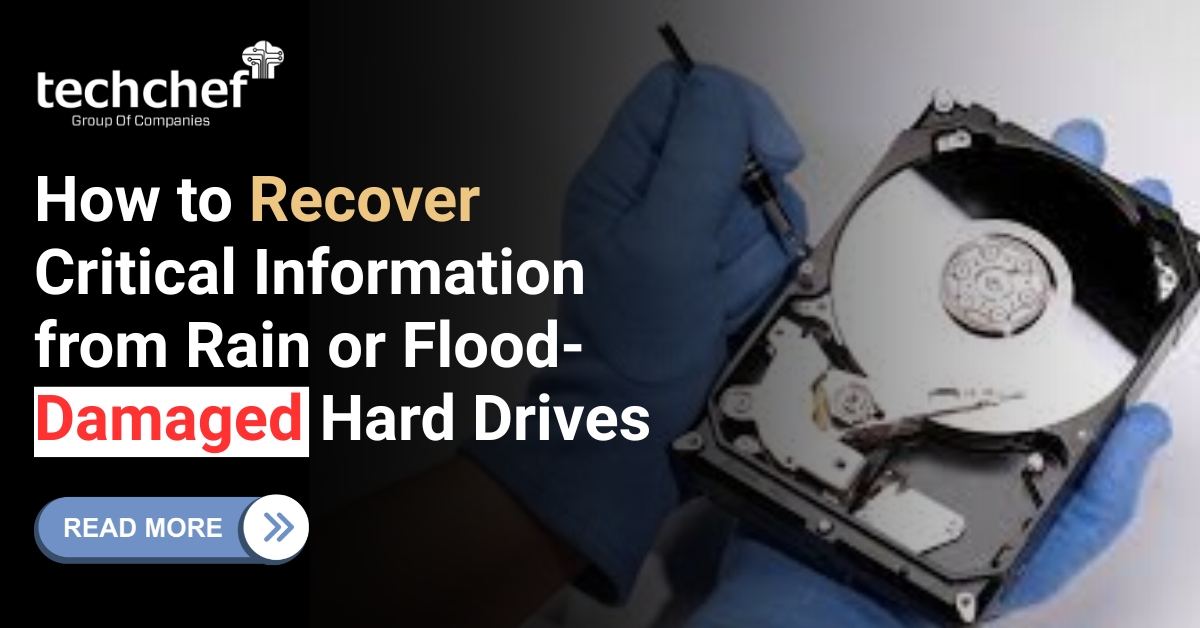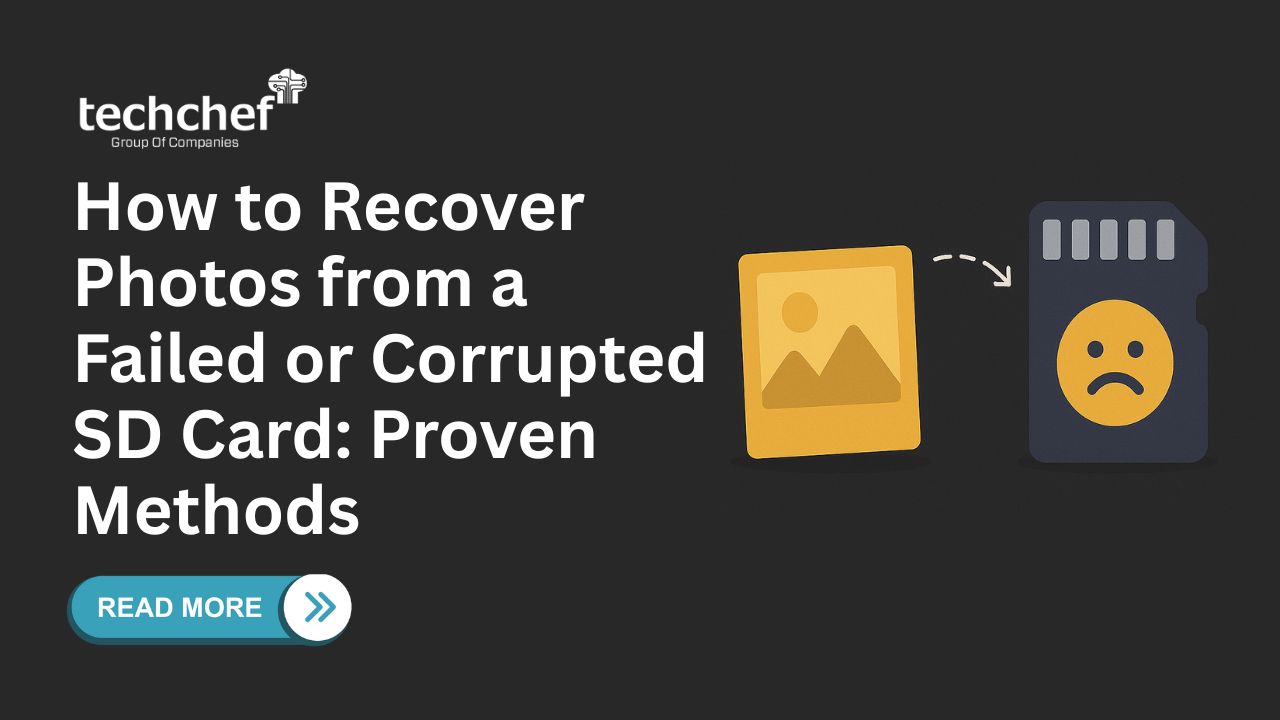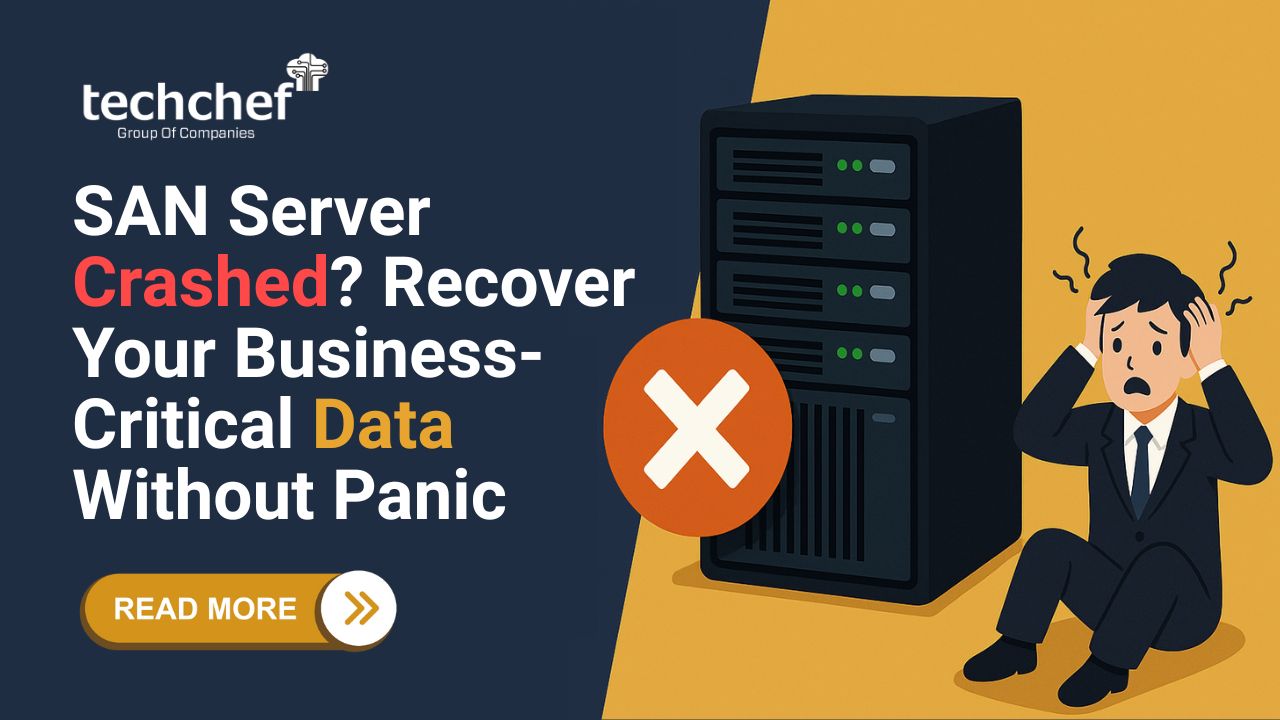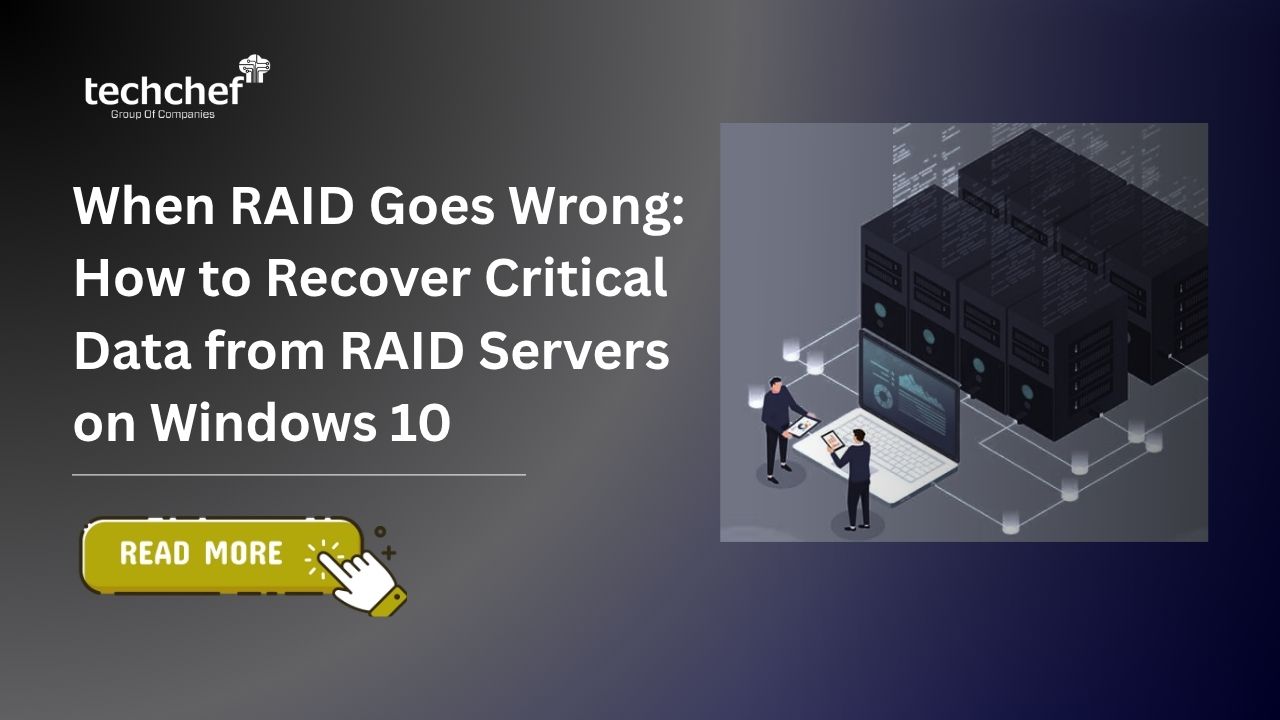1. Check if the hard drive is still working: It’s necessary to first check the hard drive condition after dropping it to diagnose things better. Connect the external hard drive to the computer to see any possibilities.
2. Check for warranty: Hey, are you late for the warranty yet? Check out the hard drive warranty if it’s not over yet and rush to the manufacturer for a better solution. They can send you a replacement for it.
3. Stop using if you hear strange noises: When a hard drive gets severely damaged, it makes strange noises like clicking, grinding or whirling. When the head crashes or the spindle gets closer to the disk, these sounds come out. Stop using the drive as soon as you hear it, and protect your data from percent inaccessibility.
4. Look for Data backup: The best way to avoid data loss is to have an up-to-date backup. You don’t have to compromise your data loss for any device failure when you have the accessibility of your data with a data backup.
5. Don’t attempt diy recovery with software: DIY recovery software is good to go when you are trying to fix any file corruption or logical failure in your hard drive, but it’s not at all a good idea for a physically damaged hard drive. Moreover, it could further damage the drive and risk your data getting permanently damaged.
6. Contact a data recovery specialist immediately: Data recovery specialists are highly recommended because they have sufficient tools, high-end technology, and skills needed to recover a physically failed hard drive. With the specialist, data recovery chances are higher than any other quick fix and is the safest option.










